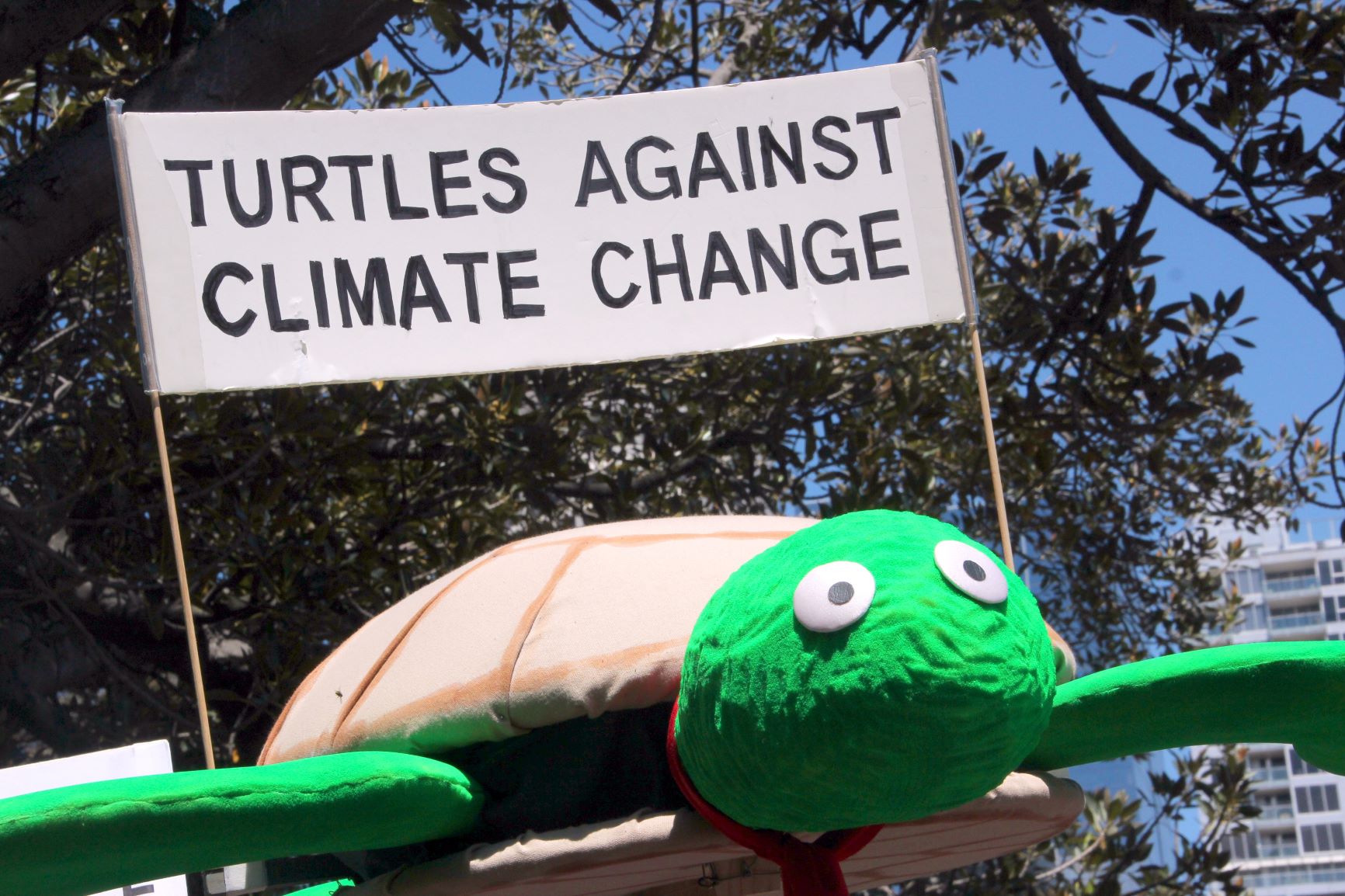In an unprecedented court case in Sydney, Australia over a new coal mine, the court ruled against the mine on Feb. 8, referencing climate change and carbon emissions as a consequence.
The ruling marks a first for climate change holding precedence over politics and economy for development in Australia.
Australia, among other Oceaniac nations, has experienced first hand the effects of climate change, from the bleaching of the Great Barrier Reef to changes in drought patterns. New fluctuations in weather events are also forcing the continent to confront the issue of climate change.
According to U.S. News and World Report, “The court’s position stood against Australia’s most lucrative export, coal, showing how heavily worries over the impact of global warming are weighing on both the public and policymakers.” News site Climate Liability quoted the judge in the case and reiterated that he used specific language regarding how the mine will “contribute to climate change.”
The Australian government set up a website through the Department of the Environment, Bureau of Meteorology to highlight the impact climate change will have on Australians. The continent has seen a 1 degree Celsius rise in average temperatures since the first recordings dating back to 1900.
Australia is naturally an arid country with already pronounced climates. The majority of the population lives in coastal areas threatened by rising sea levels due to global temperature rise and loss of sea ice at the north and south poles.
The state of Queensland has experienced extreme climate variability including a seven-year drought, followed by floods “so vast that they are creating their own weather,” according to the Bureau of Meteorology. Up to 300,000 cattle died in the floods, jeopardizing the local and global economic viability of the region. According to the The Washington Post, “Australia’s economy relies heavily on its cattle herds, the majority of which are raised in Queensland.”
Australian Prime Minister Scott Morrison pledged $2 billion to a climate change initiative focused on reducing carbon emissions. The Climate Solutions Fund aims at reducing Australia’s emissions by 26–28 percent by 2030, a commitment made at the Paris climate agreement.
The Southern Hemisphere is experiencing climate change at a faster rate than the Northern Hemisphere due to a variety of factors. In the face of rising sea levels, island nations have been especially vocal in criticizing the United States and European nations not experiencing the same extremes of weather events.






